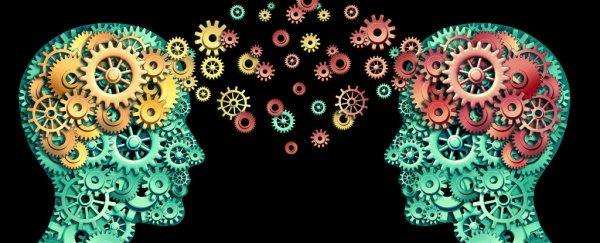The human brain is a wonderful thing. Consider the way it can recognise faces and objects despite a multitude of variations: we can always identify an "A" as an "A" for example, no matter what colour, size, or shape it comes in. And now researchers have come up with an algorithm that could show just how clever the brain's way of working is, and how we're able to process so much data all at once.
A team from Georgia Tech has discovered that a human brain can categorise data using just 1 percent or less of the original information. "We hypothesised that random projection could be one way humans learn," said one of the team, Rosa Arriaga. "The short story is, the prediction was right. Just 0.15 percent of the total data is enough for humans."
As part of the experiment, test subjects were asked to view several original, abstract images, and were then challenged to identify the same images when shown a small portion of each one.
The researchers then came up with a computational algorithm based on the idea of random projection. The random projection technique compresses information in a certain way, sacrificing accuracy for speed of processing. Using the technique, the AI was able to complete the tests just as well as human participants.
This shows that the human brain network and artificial neural networks are in fact very similar in their behaviour, the team says, adding that both human and machine found the same types of data difficult to process.
"We were surprised by how close the performance was between extremely simple neural networks and humans," said one of the researchers, Santosh Vempala. "The design of neural networks was inspired by how we think humans learn, but it's a weak inspiration. To find that it matches human performance is quite a surprise."
While the study's results aren't enough to prove that the brain naturally uses a random projection as a way to process information, the findings are enough to indicate that it's a "plausible explanation" for what's happening inside our minds.
Learning based on random projection already plays a role in computers involved in the processing of large amounts of data, and the new research could lead to further developments in the same area.
"How do we make sense of so much data around us, of so many different types, so quickly and robustly?" says Vempala. "At a fundamental level, how do humans begin to do that? It's a computational problem."
The team's findings have been published in the journal Neural Computation.
